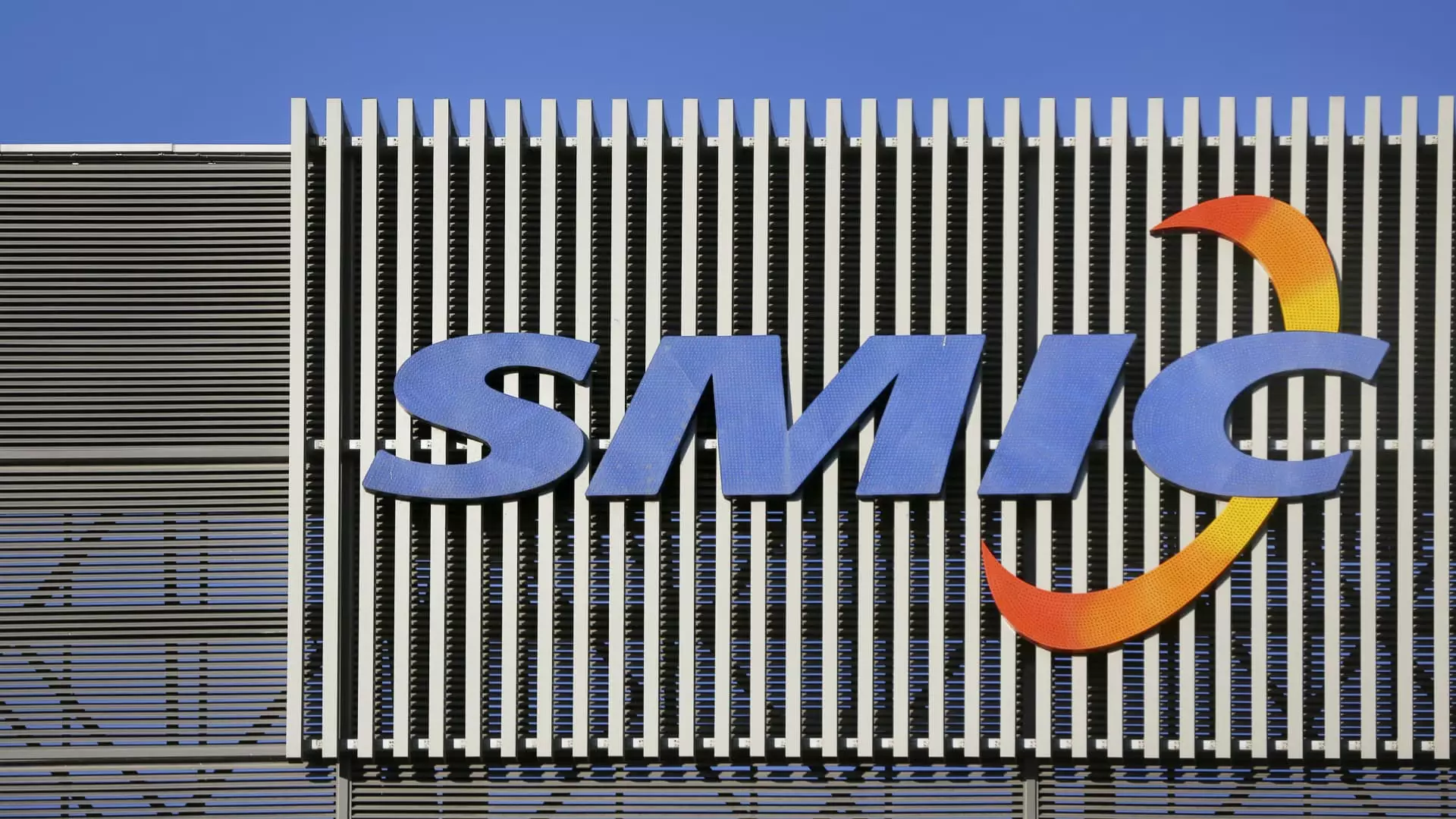Semiconductor Manufacturing International Corporation (SMIC) recently warned of intense competition in the chip industry following its first-quarter profit missing expectations. SMIC acknowledged that competition in the industry has been increasingly fierce with pricing for commodity products following market trends. The company emphasized the importance of constructing quality technology platforms to stay competitive in mainland China, despite lagging behind key players like Taiwan’s TSMC and South Korea’s Samsung Electronics.
In the first quarter, SMIC reported a 68.9% decline in net income compared to the previous year, falling short of LSEG analysts’ estimates. The company also recorded its lowest gross margin in nearly 12 years at 13.7%. However, revenue for the quarter increased by 19.7%, surpassing LSEG estimates, as customers increased chip stockpiles in response to market conditions. SMIC’s chips are utilized in a variety of products including automobiles, smartphones, computers, and IoT technologies, with a significant portion of revenue coming from Chinese customers.
To enhance its competitiveness and market share, SMIC outlined priorities such as capacity construction and investments in R&D activities. The company plans to forgo dividends in 2023 to focus on maintaining its leading position in a challenging market environment. By prioritizing technology and capacity readiness, SMIC aims to leverage customer demand to expand and strengthen its position despite fierce competition in the industry.
SMIC faced challenges when it was placed on a U.S. trade blacklist in 2020, requiring businesses to obtain licenses before selling to the company. Despite these limitations, SMIC made strides in the semiconductor market, with its 7-nanometer chips being utilized in Huawei’s Mate 60 Pro smartphone. The analysis of this smartphone revealed support for 5G connectivity, showcasing resilience against U.S. attempts to restrict access to key technologies.
Future Outlook and Growth Projections
Looking ahead, SMIC anticipates second-quarter revenue to increase by 5% to 7% driven by strong demand. However, the company expects gross margin to decrease further to between 9% and 11% due to rising depreciation costs associated with increased capacity scale. While facing challenges both in the domestic and international markets, SMIC remains optimistic about its ability to grow and innovate in the semiconductor industry.


Leave a Reply